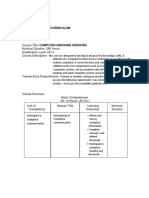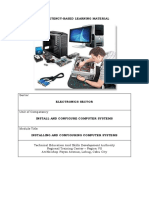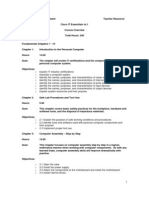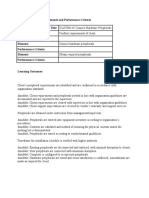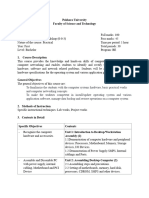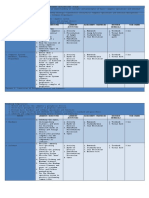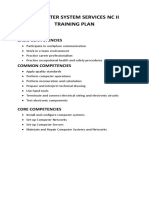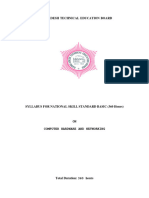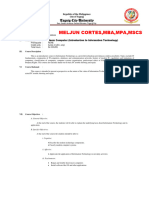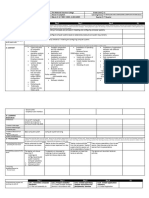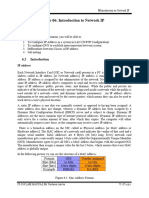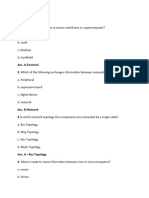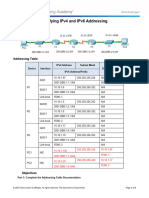0% found this document useful (0 votes)
44 views4 pagesWeb Syllabus
The document outlines a curriculum for a computer hardware and networking course, detailing competencies, content, and learning outcomes across various topics. It covers safety procedures, computer assembly, operating system installation, troubleshooting, and ethical computing in the first term, followed by networking, security, and project work in subsequent terms. Each section specifies the duration and expected skills to be acquired by students.
Uploaded by
G.R. WARUNA CHAMEERA PRIYANKARA DISANAYAKACopyright
© © All Rights Reserved
We take content rights seriously. If you suspect this is your content, claim it here.
Available Formats
Download as ODT, PDF, TXT or read online on Scribd
0% found this document useful (0 votes)
44 views4 pagesWeb Syllabus
The document outlines a curriculum for a computer hardware and networking course, detailing competencies, content, and learning outcomes across various topics. It covers safety procedures, computer assembly, operating system installation, troubleshooting, and ethical computing in the first term, followed by networking, security, and project work in subsequent terms. Each section specifies the duration and expected skills to be acquired by students.
Uploaded by
G.R. WARUNA CHAMEERA PRIYANKARA DISANAYAKACopyright
© © All Rights Reserved
We take content rights seriously. If you suspect this is your content, claim it here.
Available Formats
Download as ODT, PDF, TXT or read online on Scribd
/ 4






